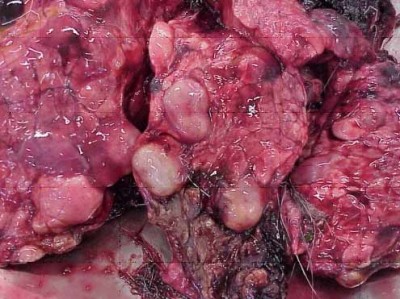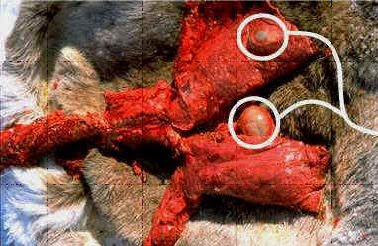
Bulletin Number 37 January 2010
Dr. Valerius Geist’s Response to the Claims That Hydatid Disease Spread by Wolves Does Not Represent a Significant Threat to Humans
When the news broke that hydatid disease had established itself in the Northwest of the United States, I quickly responded, stating some of the precautions hunters should take in the field. As a Canadian field biologist I had been well instructed about hydatid disease in my training, which reinforced what I knew since childhood because a relative of mine died of hydatid disease.
During my career, friendships with medical people experienced with that disease reinforced what I knew. It’s nothing to fool around with! Consequently I am a bit concerned about recent statements that take a rather cavalier attitude towards the disease.
The pro and contra machinations pertaining to wolves are of little concern here. What is important is that people living or recreating in areas with hydatid disease take precautions, while steps have to be undertaken to eradicate the disease.
To those supporting wolf conservation, let me make it clear: if wolves are going to survive in the Northwest, it will be wolves without infestations with dog tape worms. On this point, ludicrous as it may seem today to some, all parties can and should unite. Continue reading The Outdoorsman Bulletin Number 37



